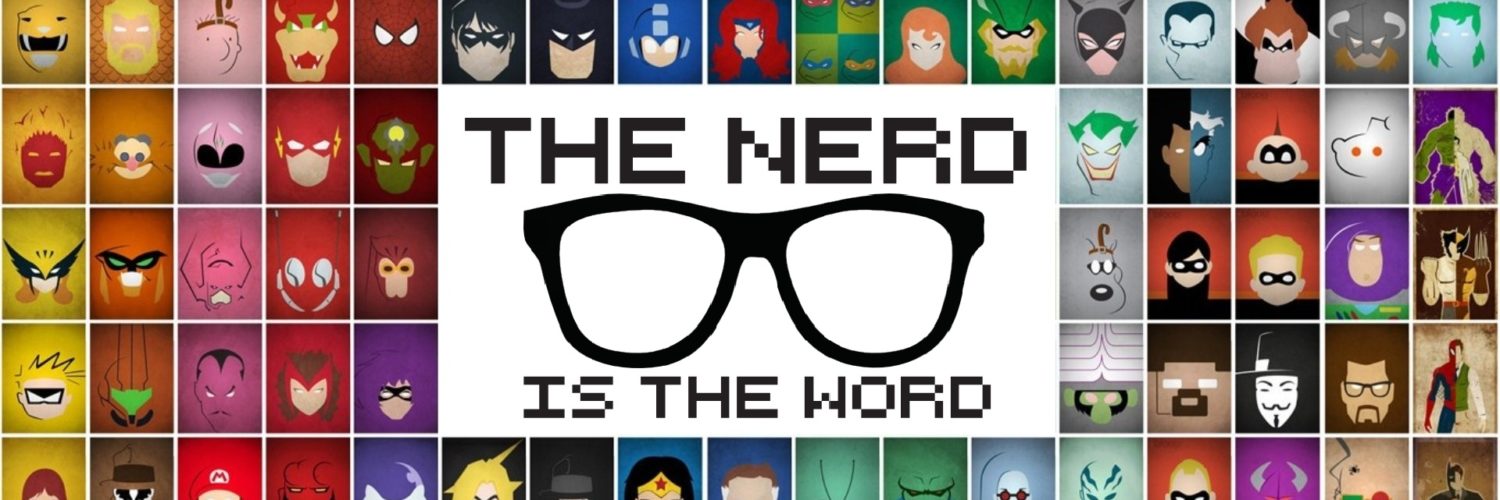
-Warning this article does involve some SPOILERS.-
The practice of featuring animals in the place of human characters in story telling is widespread. We call giving non-human entities human emotions, goals and societies Anthropomorphism. This technique makes characters more attachable, giving them surreal attributes that stimulate the imagination and remind us of ourselves. As we link behaviors with natural patterns in our minds, anthropomorphism is used to expand on a character’s personality, allowing their traits to take on symbolic meaning.
In The Boy and the Beast, an animated film directed by Mamoru Hosoda, (available on Netflix as of October 5th 2016!), young Ren straddles the limit between the human world and the Beast Kingdom (jūtengai), where humanoid animals reside. The ruler, a robe-wearing white rabbit known as the Grandmaster of the Beast Kingdom, has decided he will retire to reincarnate as a god, the way only animal anthropomorphisms can. He has two potential successors, Lôzen, a golden boar, with two children and untold popularity, and Kumatetsu, a lazy lone bear with anger issues.

Animal anthropomorphism such as in The Boy and the Beast has been present storytelling for hundreds of years. Jean de la Fontaine, for example, back in 1692 completed his Fables. These little poetic stories told of animals and insects with human attributes, whose adventures taught important morals for readers to remember. The characters had behaviors similar to their natural animal ways of life. As examples, the fox was typically a clever and suave character; the crow was a loud-mouth; and the ant a busy worker. Fast forward to recent novels, television and movies and you’ll encounter countless other examples of animal anthropomorphism, like Winnie the Pooh, Peter Rabbit, Disney’s Robin Hood, and their new mammal metropolis, Zootopia.
The Boy and the Beast goes way beyond what modern film makers and writers have accomplished by featuring human and animal hybrid characters. It features not only animal anthropomorphisms seen in other stories, but also depicts the connection between such a mythological concept and the world we know. The Beast Kingdom is justified despite its fabulous existence as the place where creatures can become gods, carefully contrasted to the world of humans. Where monkeys, pigs, and hares stop walking on two legs grows the thick Tokyo jungle- unforgiving and much more intimidating than the fantastical Beast Kingdom.

Ren find himself lost in the harsh world we know and somehow slips in the Beast Kingdom, that becomes his refuge. Kumatetsu is encouraged by the Grandmaster to find a disciple and takes in Ren, renamed Kyûta. Humans aren’t usually welcome in the Beast Kingdom, for they have the potential of bearing darkness in their hearts- a problem anthropomorphic animals don’t have to worry about. This sets a clear difference between humans and animals, which belong to different realms traditionally meant to stay separate. In a sense, the inhabitants of the Beast Kingdom, as animals (or animal spirits perhaps), are purer and more enlightened than humans. The inhabitants fear the potential for darkness in Kyûta, something much more terrifying than Kumatetsu the bear’s short temper and brute strength.
Kyûta bonds with his adoptive family, the members of which are unrelated by blood, and who actually each belong to disparate species. The characters who surround Kyûta demonstrate the traits their animal selves typically have in the human world. The monkey is skeptical and scornful; the cat is playful and gluttonous, the rhinos are proud and aggressive. The pig shares the most similarities with humans and is thus depicted as a gentle and nurturing monk. The boar Lôzen is a disciplined character with a proud progeny, with a deep understanding of social duties. In comparison, Kumatetsu, is naturally brash and quick to anger, but is deep down just a teddy bear in need of a friend.
Sharing a similar stubborn spirit, Kumatetsu and Kyûta wind up teaching one another. As Kyûta ages and gains strength, Kumatetsu acquires patience and self-restraint. By accident, Kyûta finds again access to the human world, speaks his name as Ren again, and explores the world he was born into with new eyes. He is drawn to book learning, what he has been missing during all these years training with Kumatetsu. He grows attached to an iconic book; Moby Dick by Herman Melville. As an animal personification, the white whale comes to represent Kyûta’s conflict in choosing which world he belongs to. Unlike the animal anthropomorphisms of the Beast Kingdom, the enormous and menacing whale is only an emblem and demonstrates no human traits. When Kyûta is able to overcome his internal fighting and become whole, the metaphorical beast disappears.

For The Boy and the Beast, the phenomenon of animal anthropomorphism seems to reach both ways. Important principles such as willpower, courage and thoughtfulness are attributed to the inhabitants of the Beast Kingdom. It might seem as though animals are given human attributes, but it is perhaps Kyûta who learns the animal way of life? The Boy and the Beast is a story of exchange, as opposed to transformation. While Kyûta teaches Kumatetsu how to be a parent, more mindful and kind, Kyûta gains strength, technique and the family his own world couldn’t provide. The boy becomes slightly more beastly, while the beast becomes slightly more human. Like his teacher, Kyûta learns to stand on his own and follow his own path, keeping the philosophies of a beast forever within him.
The Boy and the Beast will be available on Netflix October 5th 2016!




Leave a Reply